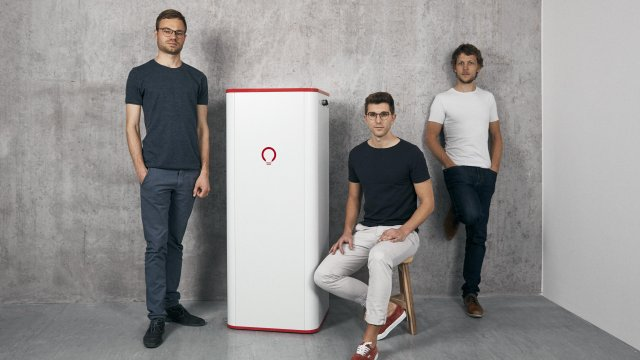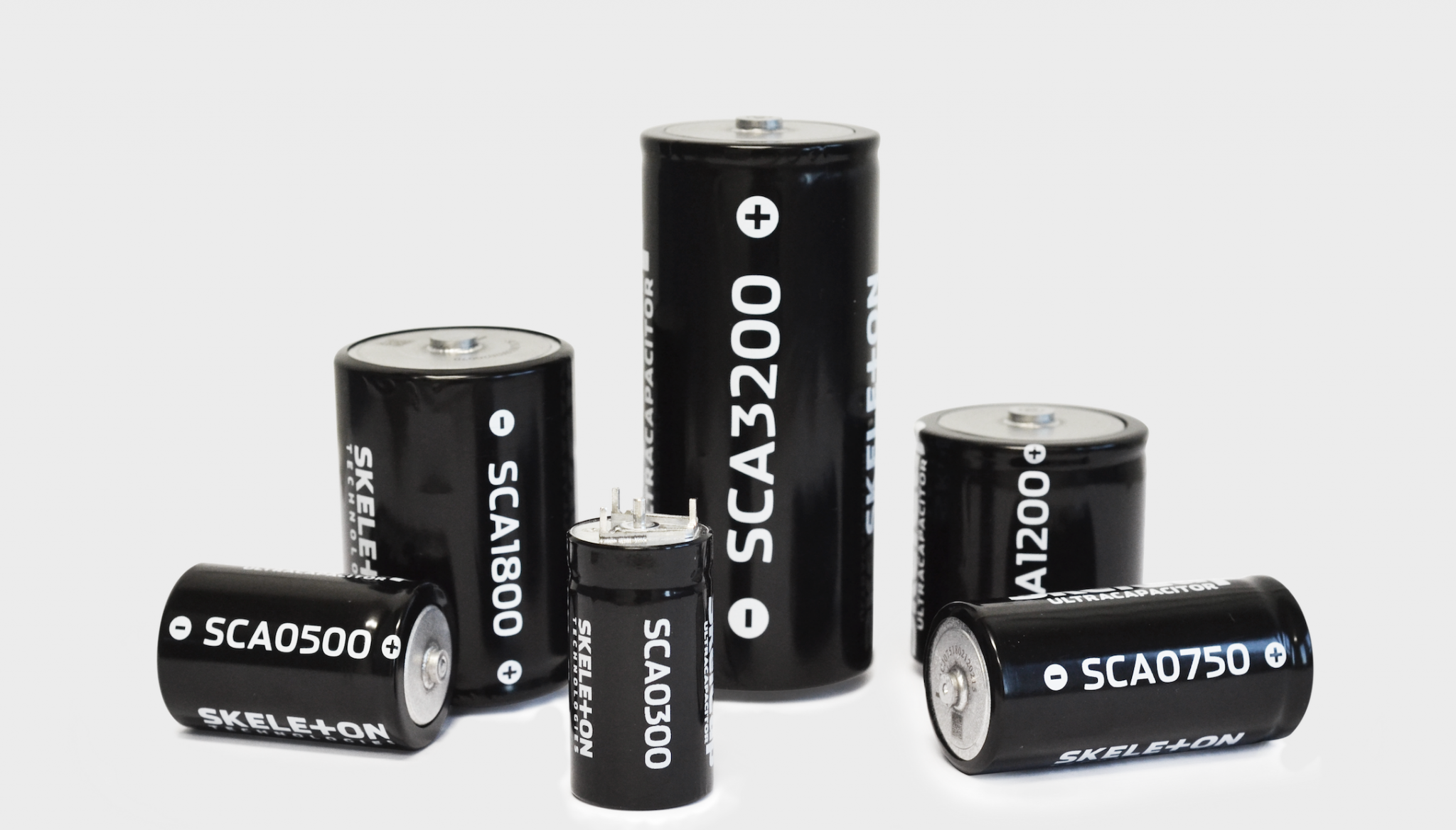It looks like an apartment building-sized game of Jenga with crane arms hoisting and lowering 35-tonne blocks up and down in a hypnotic sequence, storing and releasing energy as the weights move up and down.
The bizarre-looking system is a potential answer to the problem of grid-scale energy storage by harnessing gravity to store renewable energy. Now, Energy Vault, the Swiss startup developing the system, has bagged a further $20m and a strategic partnership with the US investor and problem-solving organisation Helena to make it even more planet-friendly. The startup says it will now work on building the heavy blocks in the system from waste materials such as fibreglass and coal ash that would otherwise go into landfill.
Energy Vault already made headlines in 2019 when it raised a $110m Series B funding round from Softbank Vision Fund. Now the company has started operating a testing facility in Switzerland where potential customers can try out the system for real. It has also taken an undisclosed amount of investment from Saudi Aramco, and signed a deal with energy company Enel to explore if they could jointly develop energy storage facilities as well as recycling Enel’s old fibreglass wind turbine blades. (The EU recently banned decommissioned turbine blades from going into landfill sites.)
https://vimeo.com/335818817
The company is starting to build its first gravity storage systems with customers in the second half of this year, Energy Vault’s founder and CEO Robert Piconi told Sifted.
“We are starting with multiple customers in the US, UK and Middle East.”
Each facility will take somewhere between nine to 15 months to build, so before the end of 2022 some energy customers may already have a gravity storage system in operation.
“We will start with 40-50 megawatt-hour facilities, but they are modular so we can add to that. There will be a few projects that will be 300-400 megawatt-hours,” he said. 40-50 megawatts is enough to power a small town, somewhere between 15,000 - 30,000 houses.
Initial uses could include running big industrial facilities like desalination plants, says Piconi. These run mainly on solar energy during the day and the energy stored by an Energy Vault tower would keep them running at night.
Why we need giant gravity batteries
Every little bit helps when it comes to trying to make the business case for what seems like a crazy addition to the energy storage market.
Energy Vault has faced a lot of skepticism since announcing its plans — with concerns ranging from the blocks wearing out to the tower toppling over in high winds (its latest model puts the blocks inside a building to prevent this).
A German company, Heindl Energy, was developing a gravity-based system that involved pumping water underground, but filed for insolvency after running out of cash. The technology has been sold to an interim investor New Energy Let’s Go which is looking for a new strategic investor.
But other competitors are coming onto the market, including US-based Gravity Power and Scottish Gravitricity, which is designing a gravity system that could be put into disused mine shafts. Gravitricity has raised little more than grant funding so far, however. US-based Ares is developing a gravity-based system that involves driving railway cars uphill and letting them slide down to release the energy.
We normally think of battery problems in terms of our phone battery not lasting long enough or range anxiety on an electric vehicle. But at the grid level, it gets much worse.
It's already cheaper to produce energy from renewables than fossil fuels — but it costs four or five times as much again to store it. Until there are cheaper storage solutions, renewable energy will struggle to scale.
Around 90% of the world's grid energy is stored by pumping water up a hill and then letting it flow down when the energy is needed. But this so-called ”pumped hydroelectric” storage requires a mountain or a hill and a shed-load of concrete to build a dam to hold the water in. There are environmental concerns about the concrete and the disturbance of natural habitats — plus it is not always easy to put your mountain-top reservoir next to the place where you are generating the power.
Huge arrays of lithium-ion batteries — similar to what might power an electric car — are another power-storage solution, which has recently been gaining traction. But lithium-ion batteries degrade over time and rely on scarce mineral resources, making them less than ideal for large-scale projects.
There are other storage ideas, too, like thermal storage, compressed air and flow batteries based on chemistries other than lithium, but many of these have challenges with efficiency and can be hard to scale up.
Piconi says Energy Vault’s system is about 80% efficient, meaning only around 20% of the energy it takes in is lost. It is about the same as a lithium-ion battery, similar to pumped hydro and better than thermodynamic storage which is only 50-70% efficient.
In any case, says Piconi, there is still such a large unmet need for better giant-scale battery storage that a number of different forms need to be developed. Energy Vault itself may branch out, Piconi hints.
“There’s a reason it’s called Energy Vault, not Gravity Vault,” he tells Sifted. “We will need a lot of different types of energy storage, for commercial, residential and utility storage,” he says. “There isn’t one silver bullet.”
An alternative to landfill?
Each gravity system also uses hundreds of heavy blocks, and Energy Vault, together with Cemex, the Mexican cement maker, has developed a method of making the blocks more sustainable. Instead of making them from concrete — which has a heavy environmental footprint — they are made primarily with local soil but can also incorporate waste materials like discarded fibreglass wind turbine blades (which the EU has recently said can no longer be sent to landfill) and coal ash. Each block lasts for more than 30 years.
“It doesn’t get much more critical than radically improving energy storage,” said Helena founder and CEO Henry Elkus. “We are also supporting Energy Vault’s strategy in addressing another essential problem – remediating waste. The company’s ability to use massive quantities of waste material to construct its systems only makes the impact more real and the business case more viable."


